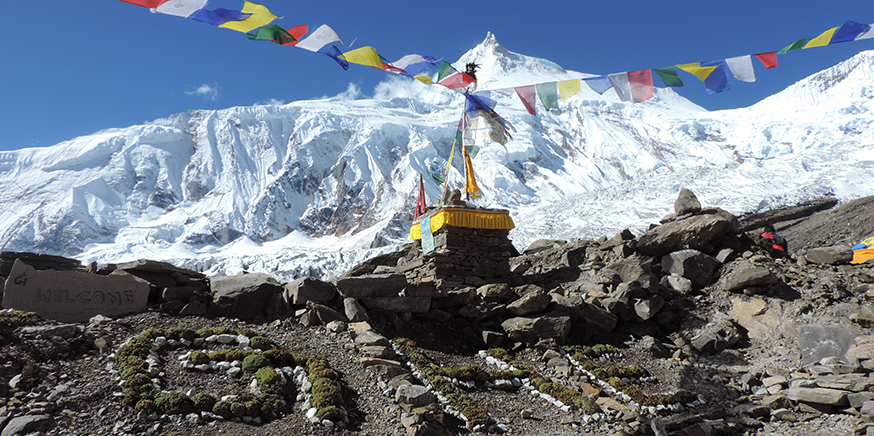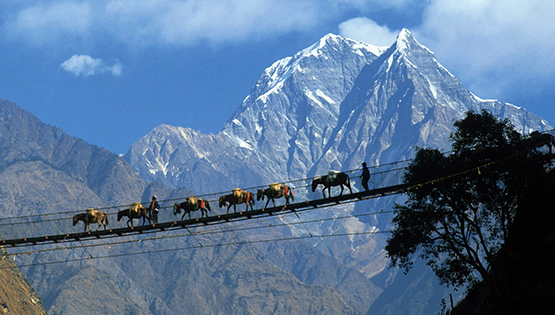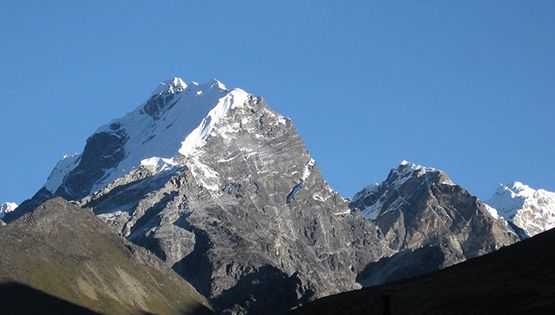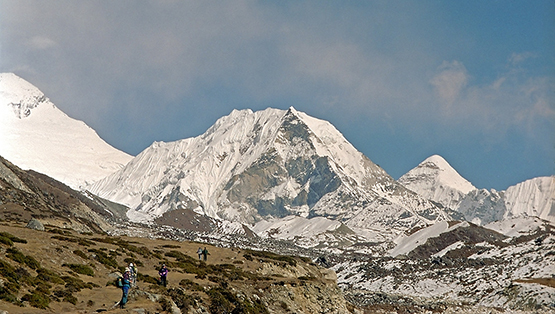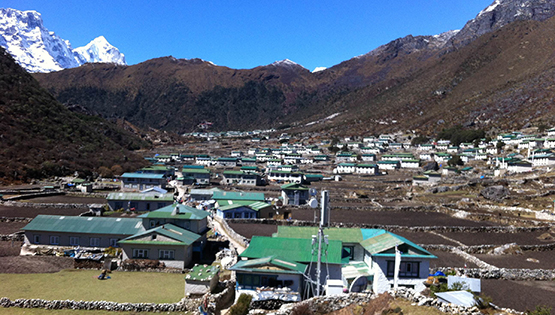
Rolwaling and Tashi Lapcha region were once closed to the Western trekkers. After 1990 like other hilly parts of Nepal, this region has been opened to trekkers with an extra special fee. It's one of the...
 Hard
Hard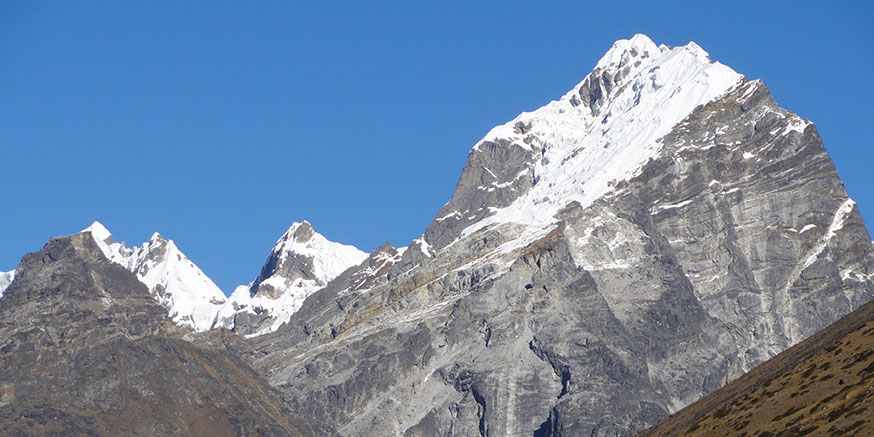
The Lobche or Lobuje Mountain consists of two different summits, viz. East and West with heights of 6,119 m and 6,145 m respectively. A continuous ridge connects them but there is still a sharp gap and...
 Hard
Hard
The mountain is called "Sagarmatha" in Nepal, which means "Forehead of the Sky" and in Tibetan language it is called...
 Very Strenuous
Very Strenuous
Baruntse (7,129m/23,389ft) is a mountain in the Khumbu region of eastern Nepal; crowned by four peaks and bounded on the south by the Hunku Glacier, on the east by the Barun Glacier, and on the northwest...
 Tough
Tough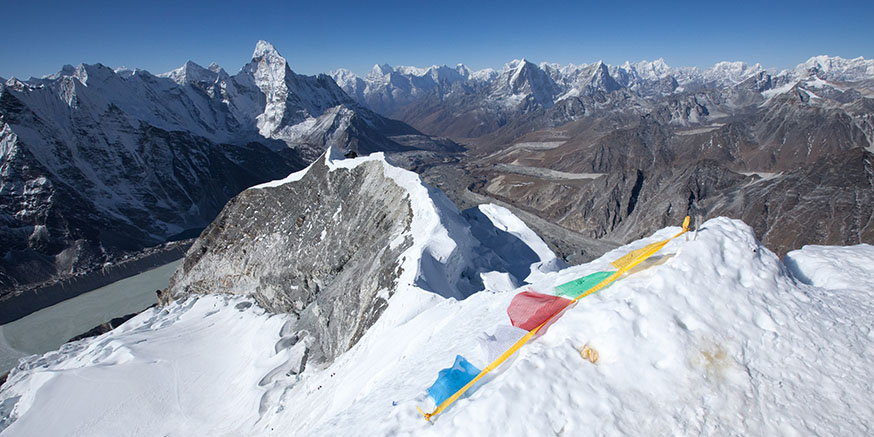
Island Peak (6,189m) is one of the main climbing peaks in Everest Region with a remarkable and decidedly glaciated West Face that ascends from the Lhotse Glacier. The mountain was named "Island Peak" in...
 Hard
Hard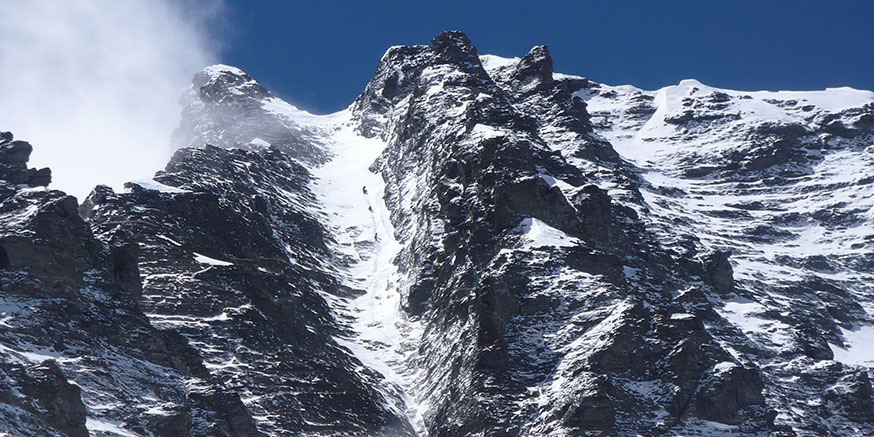
Lhotse in Tibetan or Sherpa term means the south summit/peak. Mt. Lhotse is sometimes mistakenly identified as the south peak of the Everest massif. No serious attention was turned to climbing Mt. Lhotse...
 Very Strenuous
Very Strenuous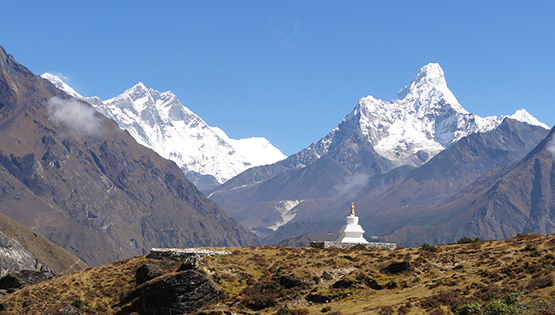
Ama Dablam is a mountain in the Himalaya range of eastern Nepal. The main peak is 6,812 meters (22,349 ft), the lower western peak is 5,563 meters (18,251ft). Ama Dablam means "Mother's...
 Tough
Tough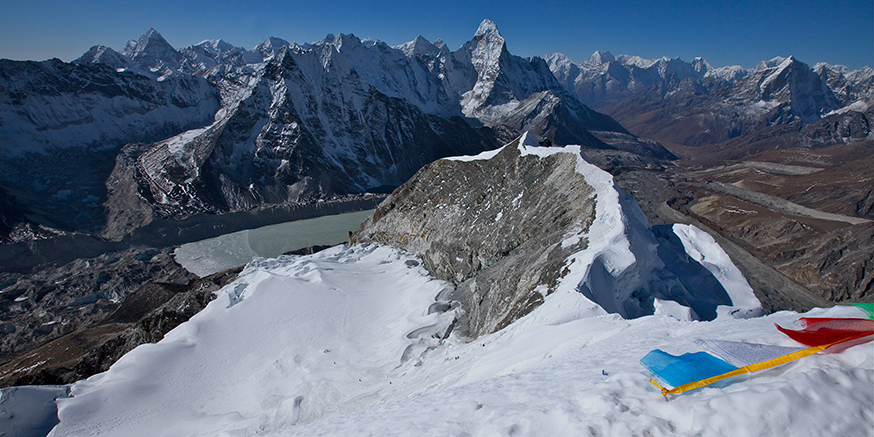
Ama Dablam is a mountain in the Himalayan range of eastern Nepal. The main peak is 6,812 metres (22,349 ft), the lower western peak is 5,563 metres (18,251 ft). Ama Dablam means "Mother's necklace"; the...
 Tough
Tough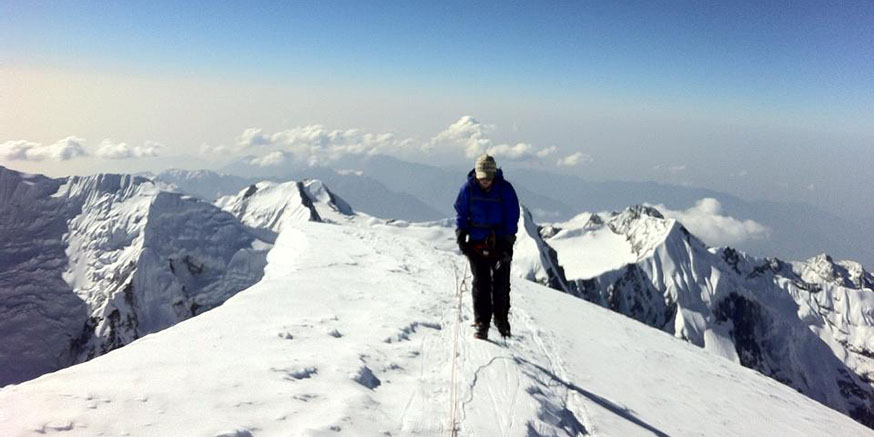
The bulk of Mera, considered to be one of highest Nepal's permitted trekking peaks, rise to the south of Everest and dominates the watershed between the wild and heavily...
 Hard
Hard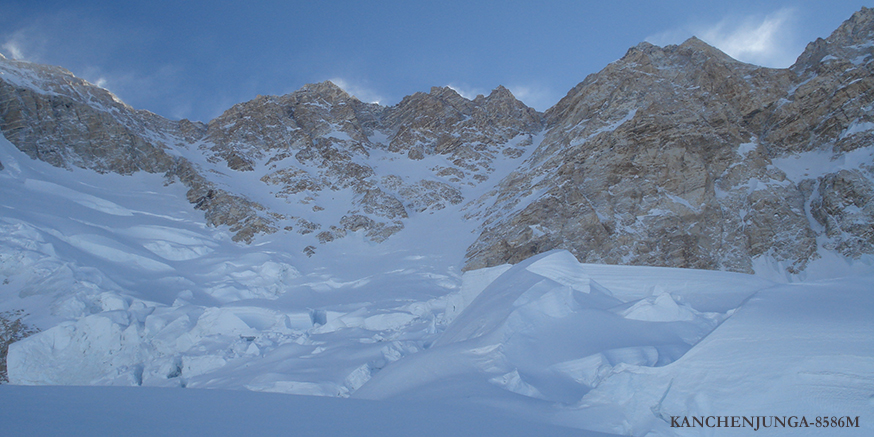
Kanchenjunga in the Himalayan Range, is the third highest mountain in the world (after Mount Everest and K2), with an elevation of 8,586 metres (28,169 ft.). Kanchenjunga translated means "The Five Treasures...
 Strenuous
Strenuous